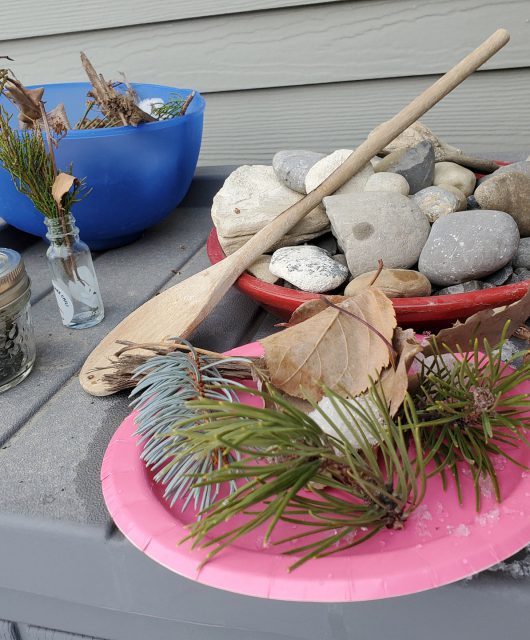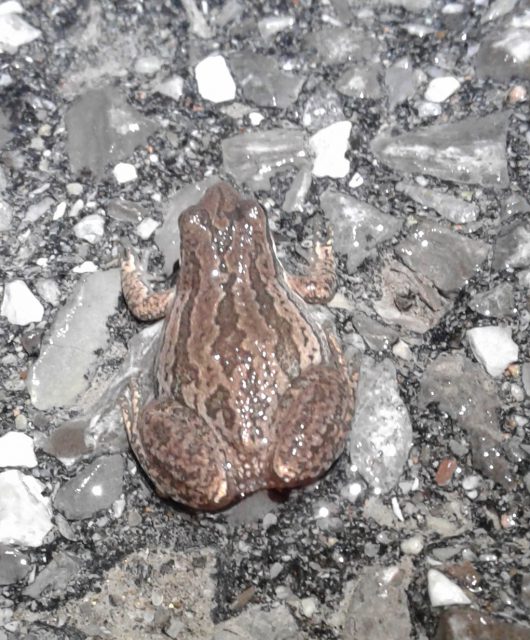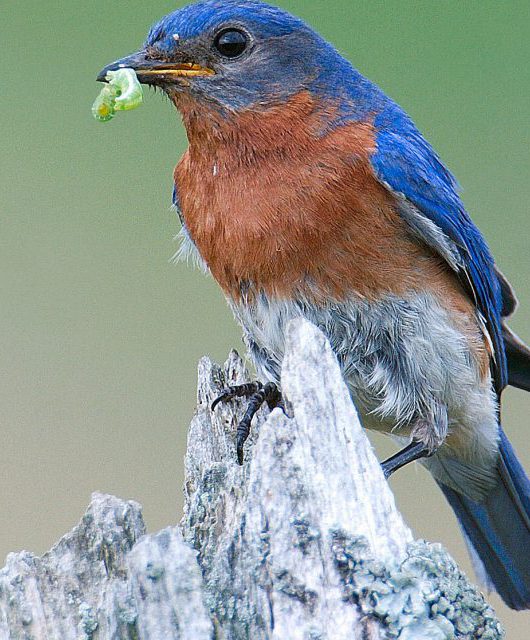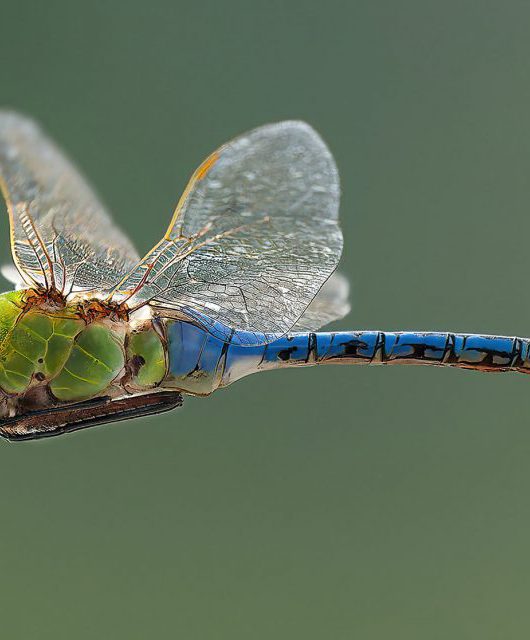Pollinators, such as bees, butterflies, moths and flies, play critical roles in ecosystems and in the production of our food.
If you’ve eaten an apple or worn a comfy cotton t-shirt, you can thank a pollinator for transporting pollen between those plants’ blossoms.
40%
Percentage of invertebrate pollinator species – particularly bees and butterflies – facing extinction.
Despite the important services they provide, the populations of many wild pollinators are declining, largely due to changes in their habitat, intensive agricultural practices and pesticide use, invasive species, disease and climate change.
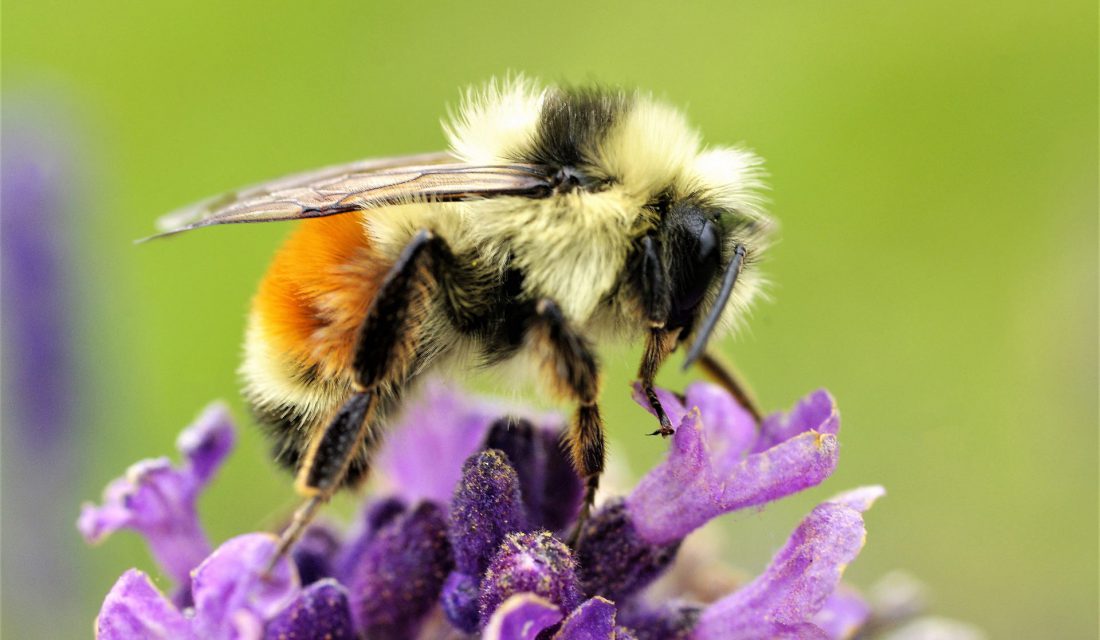
The good news is that much can be done to bring pollinator numbers back. We can create habitat by planting pollinator-friendly plants along roadsides, in parks and along utility corridors. We can support sustainable agricultural practices, such as crop rotation and retaining hedgerows. We can ban the use of harmful pesticides.
These actions promote “pollinator recovery” and require attention from industry, individuals and governments at all levels.
“It is imperative that we invest in initiatives to reverse the effects that pesticides and habitat loss have had on our pollinators. Together, we can do something about it and that is why planting a pollinator pathway across Canada and building a national monitoring program are key initiatives to stem the decline and build the numbers back up.” ~Carolyn Callaghan, CWF Senior Conservation Biologist, Terrestrial Wildlife
What can the Governments of Canada Do?
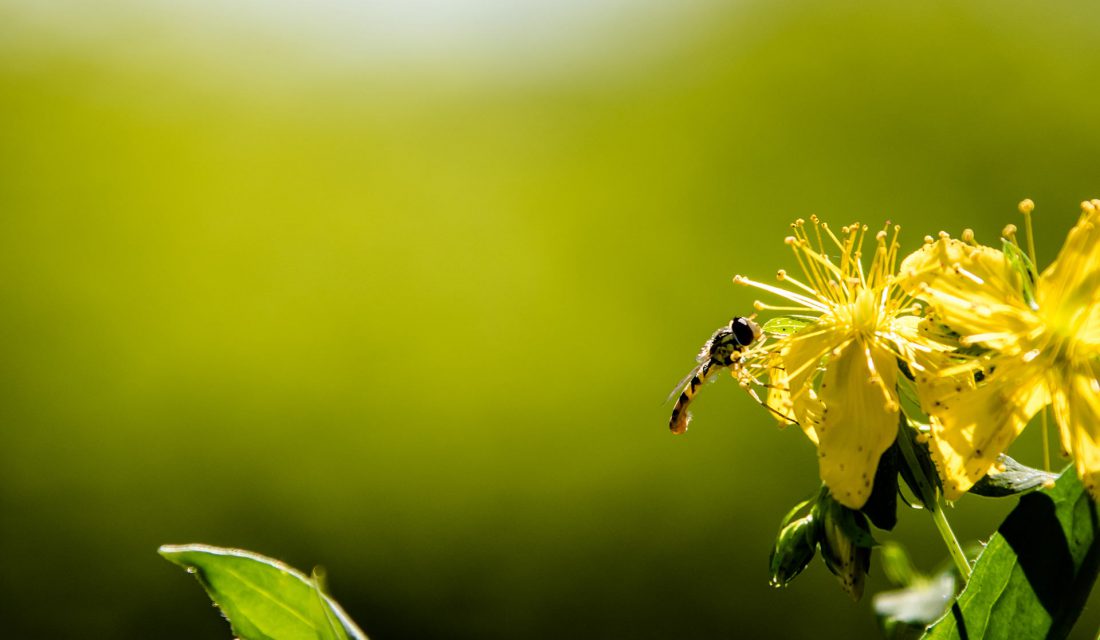
Governments urgently need to provide the leadership necessary to recover pollinator numbers and diversity.
Through legislation, policy, strategies and plans, they have the power to enshrine pollinator protection and recovery into our society. Here in Canada, many municipal, regional and provincial governments are taking action.
For example, the cities of Vancouver and Montreal and the provinces of Quebec and Ontario have all implemented bans against or reductions in the use of harmful neonicotinoid pesticides. The city of Calgary has launched several pollinator-friendly projects, including a bee and butterfly boulevard consisting of wildflowers and a variety of nesting habitats. The city of Toronto released a Pollinator Protection Strategy that, among many initiatives, provides grants to community members to create pollinator habitat. Ontario has a Pollinator Health Action Plan committing the provincial government to monitoring the health of wild and managed bee populations.
Lagging Behind
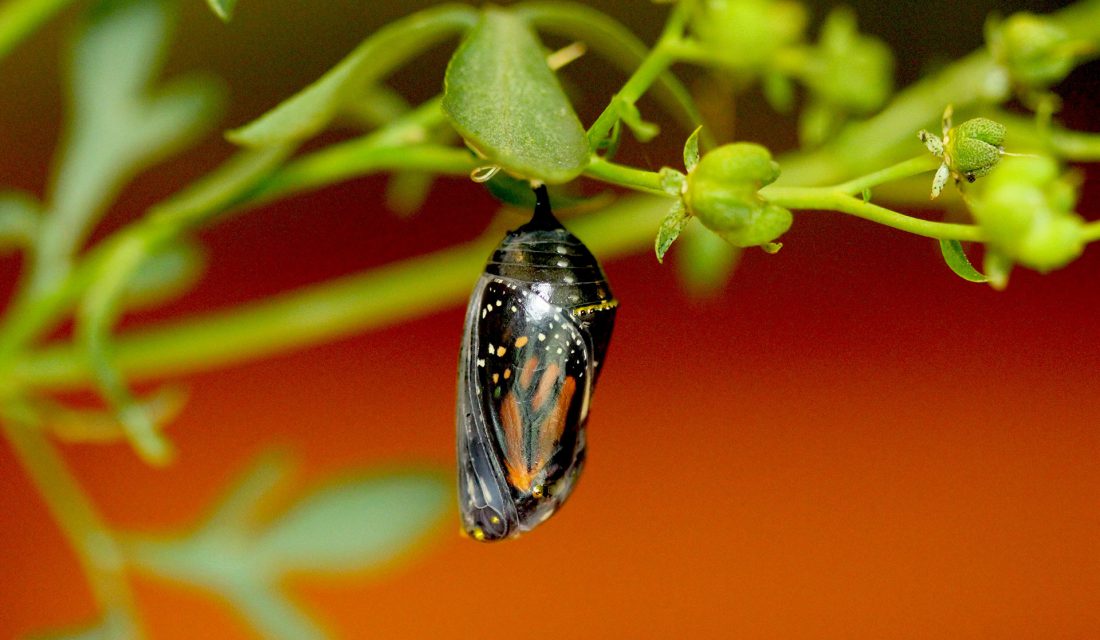
While municipal, regional and provincial governments lead the charge in pollinator recovery across the country, is the federal government keeping pace? As a party to the Convention on Biological Diversity, Canada has committed to support the development of national plans and strategies for the conservation of pollinator diversity. The CBD’s draft Pollinator Initiative Plan of Action for 2018 to 2030 encourages governments to consider four objectives when tackling protection and recovery. Canada has taken steps toward some of these objectives, but on others has a long way to go.

